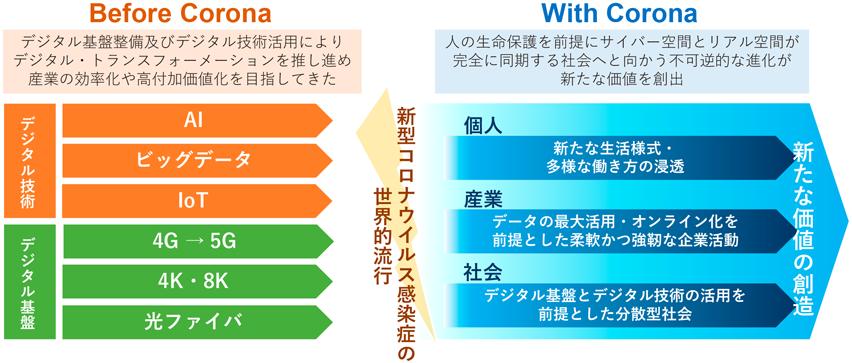When it comes to AI and robotics, there are optimists, and there are skeptics. As someone who works in the field of AI and autonomous driving, I've struggled to convince people to adopt driverless solutions. “It’s a long way off,” they say, and ask, “What are the use cases for autonomous drones anyway?”
Now that the novel coronavirus outbreak has become an international crisis, China's tech industry is becoming creative in finding solutions to avoid human-to-human interaction. A technology that had hitherto been 'useless' or 'a long way off' suddenly found a use case.
Late last month, a video circulated on Chinese social media of a police officer using drone-carried loudspeakers to warn pedestrians to wear masks. In the midst of a gloomy epidemic, the combination of police + dialect + drone has brought a welcome relief to the nation.
In addition to drones being used to patrol and promote healthy behavior, consumer drone maker DJI is donating medical equipment and funding disinfection operations using drones. , has allocated RMB 10 million ($1.4 million) to combat the coronavirus to establish disinfection procedures using drones. DJI competitor XAG, a major Chinese agricultural drone technology company, has allocated 50 million yuan ($7.3 million) to allow drones to be used for disinfection operations in remote areas.
Agricultural drones have been widely used since 2013 to spray fertilizers and pesticides. These well-established drones transitioned seamlessly into medical missions to aid efforts to contain China's outbreak.

Guangdong People's Hospital and Hangzhou First People's Hospital have deployed unmanned carrier robots to deliver medicine and food to quarantined patients. These minimize interactions between nurses and patients.
The robot can deliver meals for four people at a time, and has a way of using elevators, avoiding obstacles, and returning to its charger.
Although these unmanned guided robots are still in the testing stage, they have identified problems in the medical field that unmanned systems can solve.
I am a digital nomad and advocate for remote work.
A month ago, Zoom's stock price fell despite good quarterly results. But the sudden surge in remote work caused by the new coronavirus has revived Zoom's stock. Zoom's share price has risen since Beijing businesses reopened for remote work following the extended Chinese New Year holiday. On February 3, Zoom closed at $87.66, up more than 15%, its highest in eight months.
Over the past two weeks, at a hospital built in Wuhan, Huawei has teamed up with China Telecom to provide a remote video diagnostic center with optical cable support. In the future, the remote diagnostic center will support 5G, Huawei said.
The special circumstances created by the coronavirus epidemic have caused people to use technology in ways that weren't deemed necessary a few weeks ago. Technology continues to play a role in the fight against disease. Not all of these technologies will succeed, but they have undergone real-world trials, and some of them will likely find their way into use with proven applications.
[via TechNode] @technodechina
[Original]
BRIDGE operates a membership system "BRIDGE Members". BRIDGE Tokyo, a community for members, provides a place to connect startups and readers through tech news, trend information, Discord, and events. Registration is free.Free member registration


